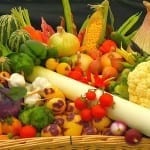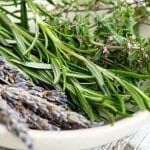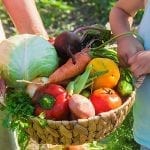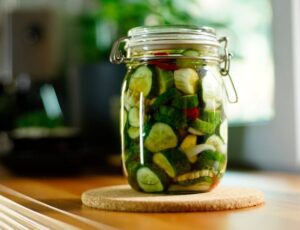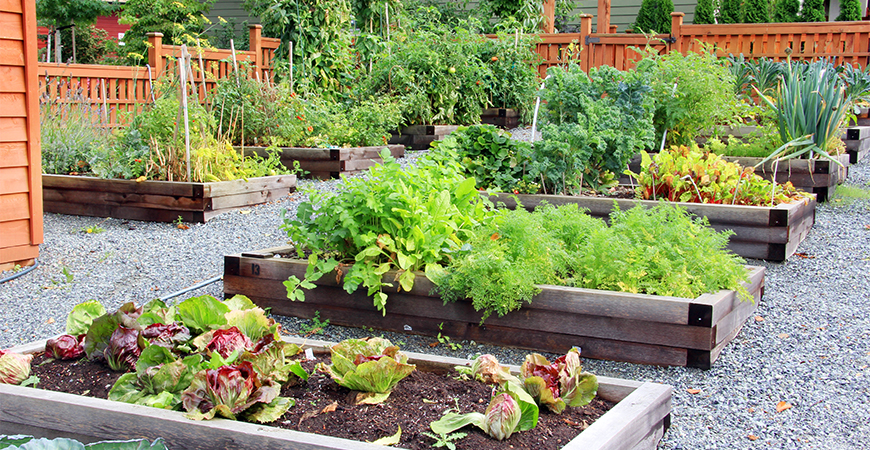
Late Summer 2023 Planting Tips for a Bountiful Fall Harvest
It’s the middle of summer, and your vegetable garden is done for the season, or is it? Enjoy a second harvest by planting cool weather veggies in mid to late summer.
Your growing region determines when to plant for your second harvest. Here’s an overview of when, how, and what to DIY to grow for a bountiful fall harvest.
When is the best time to plant vegetables for a fall harvest?
This will depend on your growing zone and your average first frost date after summer. The further north you live, the earlier your garden will see temperatures too cold for vegetable crops to survive.
Some vegetables can tolerate frosty conditions while others cannot.
When is my first frost date?
This freeze map, courtesy of Bonnie Plants, will help you determine your first frost date in fall and your last frost date in spring.
To calculate when to plant for a fall harvest, take your average frost date and then count back the days to the estimated plant maturity (usually listed on the seed packet). This ensures that your fall vegetables will mature after the warmth of summer but before freezing weather hits.
For example, snap beans mature in 45 to 65 days. If you are in Montana (Sept. 1 to Sept. 30 frost date), you would plant seeds during July of the summer season. But, if you reside in central Texas (Nov 1 to Nov 15 frost date), you can wait until early or middle September to plant seeds.

How do I prepare the soil for a fall veggie garden?
Remove the garden’s spent stems, leaves, roots, and debris. Any leftover vegetation may interfere with new seed germination.
Turn the soil with a garden fork or shovel and add a balanced fertilizer or compost. This will replenish any nutrients that the early spring crops may have consumed.
Wait for one to two weeks before seeding your fall crop. Autumn’s cool soil temperatures are perfect for a second harvest of veggies planted in early spring – kale, radishes, leaf lettuce, snap beans, cauliflower, green onions, and beets are good choices.
How often should I water my fall vegetable garden?
It’s easy to measure how much water your garden needs, but the general rule is one inch of water per week. Of course, this will vary depending on the current weather and temperatures.
New gardeners often make the mistake of watering too often! Water less frequently in the cool fall months.
To improve water retention, start with healthy, well-balanced soil. Mixing in compost will help boost the soil’s ability to retain moisture, which means less watering.
Remember to mulch! One of the best water-saving techniques is to apply a top-dressing of mulch around the crops. Mulch reduces water loss by limiting the water that evaporates and shielding the soil from the sun, keeping it cool.
Shovel a thick layer (between 2 to 3 inches) of mulch on top of the soil. A layer less than 2 inches in depth won’t prevent weed growth, and a layer more than 3 inches will prevent moisture from reaching the soil. Add new mulch as the season for each plant to grow continues. This simple DIY will help encourage the plants to grow.

What types of mulch should I use?
Mulching will help improve the quality of your soil, resulting in a more bountiful fall harvest. A natural mulch that is biodegradable is best. Here are a few DIY choices to put around your crops:
Hay or Straw – Hay may have weed seeds, while straw usually has no seeds.
Grass Clippings – Only use clippings that haven’t been chemically treated.
Cardboard or Newspaper – Lay down a sheet of cardboard or newsprint and throw a layer of mulch on top.
Sawdust – Add sawdust to a depth of 1 to 1 ½ inches. Do not place sawdust next to tender stems as it may encourage rot.
Pine needles – Rain causes pine needles to form a thick, porous mat. This is ideal as it allows water to reach the soil while preventing anything to grow through. Pine needles are an excellent mulch for sloped gardens and hillsides.
Leaves – Instead of raking leaves, use a lawnmower with a bagging attachment to shred and collect them. Then spread them over the soil.
Compost – Compost is an excellent mulch and an important soil amendment. You can also DIY your own compost.
Click here to learn more about DIY composting leaves and twigs from your backyard.

When should I water my fall veggie garden?
To prevent disease, water your fall garden in the morning. This will ensure that the standing water will evaporate by sunset. One of the best times to water is during or immediately after rain.
Adding water at the same time will ensure that the moisture will penetrate deep into the soil and help the vegetables grow. If you wait, you will add water to the surface, quickly evaporating.
When you water, water well and deep to build up moisture in the soil. An infrequent, light watering won’t push water deep into the soil where it is needed. Watering your veggie garden properly will help your garden thrive for an optimal fall harvest.
Determining soil moisture –
Using a sprinkler system, you can measure overhead sprinkling by placing several open containers around the garden. Turn on the sprinkler.
When the water level rises to one inch in the containers, turn off the water. Use a watch to time how long it takes to fill the container to a 1-inch depth and keep a reminder for future watering.
Grab a little soil with your hand and squeeze. If the soil sticks together and forms a ball, it has enough moisture.
On the other hand, if the soil barely holds together, breaks apart, or crumbles in your hand, then the soil is too dry. It’s time to water! If the top of the soil is hard or cracked, it’s also time to water.
How do I water my fall vegetable garden?
Water deeply to grow your crops’ sturdy roots. Saturate the soil, so the moisture reaches several inches deep. The best way to water is to lay a garden hose, soaker hose, or drip a hose on top of the mulch. Why? If the leaves and stems stay wet for an extended period, the standing water can cause disease, and they won’t grow anymore.
Another option is to dig shallow trenches so water can flow between plant rows.
Did you know? A small board placed under the flow end of the hose will lift the hose slightly. This will prevent water from eroding the soil.


